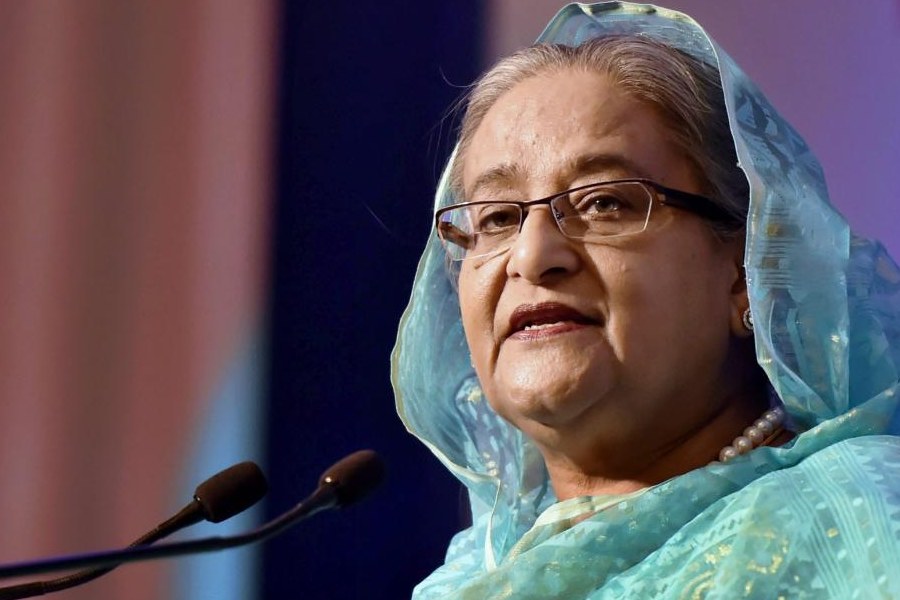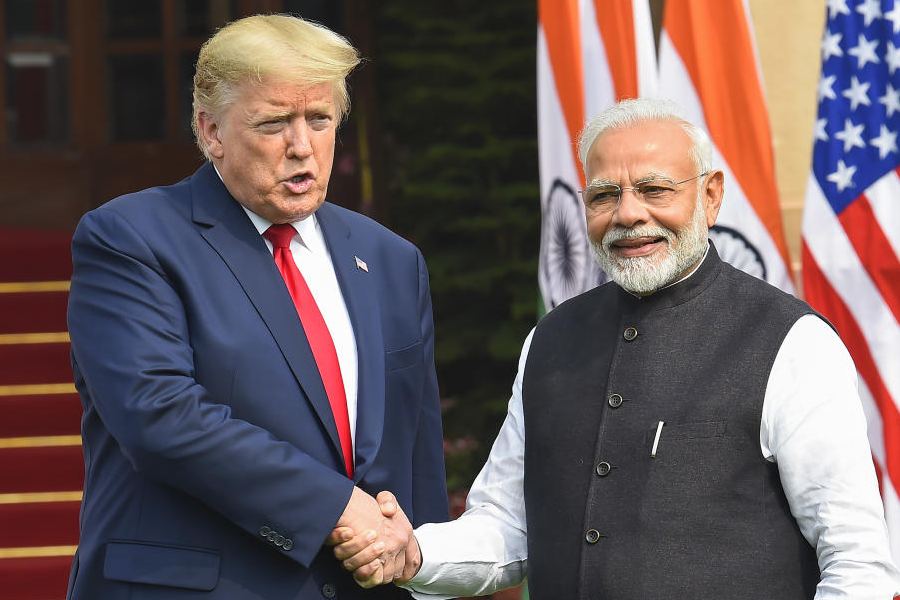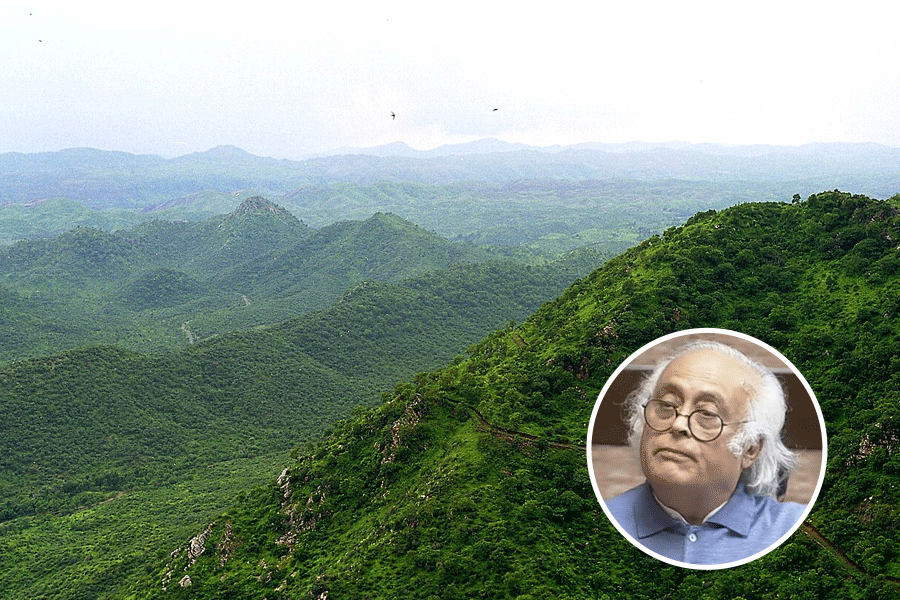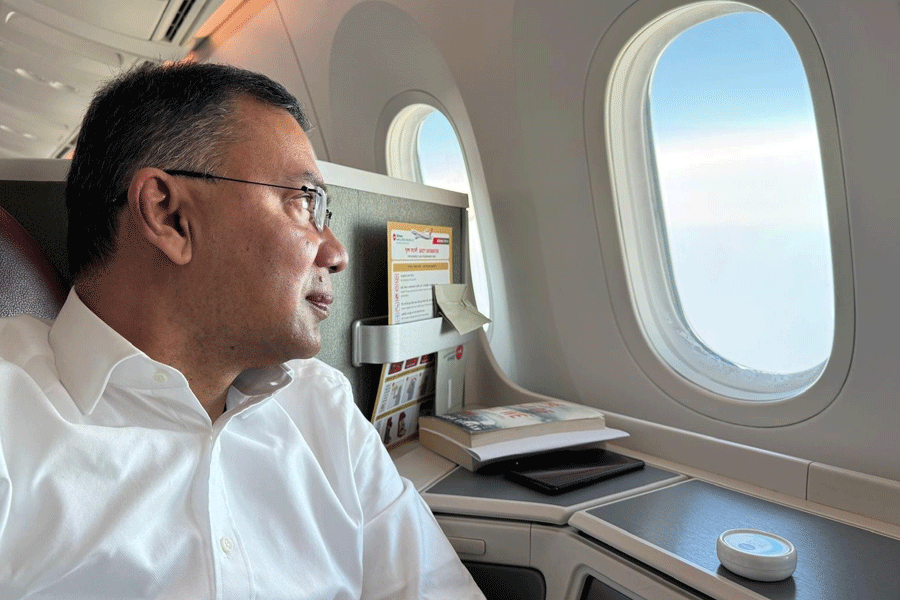|
|
South Asia is a coming term. There are histories of South Asia, there are journalists? associations that style themselves South Asian, there?s SAARC and every time a test match between India and Pakistan goes well, we?re all (temporarily) South Asian.
As a region in a physical geography textbook, South Asia makes sense. There?s the monsoon that waters most of it, there?s the great dust cloud that pollutes all of it, there are the mountains and the seas that give it plausible boundaries. But if you were to trade in the physical map, all greens and browns, for a political map, filled in with bright primary colours, if you consider South Asia as the idea that underwrites SAARC, it is hard to know what it means.
South Asia consists of India and a bunch of countries that share a boundary (land or sea) with India but not each other. It?s reasonable to say that India defines South Asia, not only because it is so much the largest country, but also because the others are connected to one another at one remove, via India. South Asia feels like a unity when Punjabis cross the border and exclaim at similarities. Or when Bengalis from either side of India?s eastern borders do the same. Or when Sri Lankan Tamils like Muralitharan come to find brides in Madras. It is India?s diversity that gives South Asia meaning. Otherwise the Nepalese don?t feel a special kinship for Tamilians, nor do Sindhis feel intimately linked with Sri Lankans.
The irony is that this South Asian identity, this idea of a regional family of nations which would have no meaning without the connections supplied by India?s diversity, is made up of nations established on principles diametrically opposed to the idea and reality of India. India was founded as a pluralist democracy and it has remained one for more than fifty years. Pakistan, Bangladesh, Nepal and Sri Lanka, on the other hand, are sporadically democratic, avowedly majoritarian states, owned by dominant religious communities. Pakistan and Bangladesh style themselves Islamic republics, Nepal is famously the only Hindu state in the world and Sri Lanka altered its constitution to give Buddhism the ?foremost? place in the life of the nation. The ruler of Bhutan, rightly or wrongly, is committed to cultural homogeneity and spends his time policing his Nepali subjects or expelling them. The one non-Indian attempt at pluralism was undivided Pakistan and the reflexive chauvinism of South Asian identity (always excepting India) put paid to that.
To put this difference in terms of nationalism, India?s neighbours believe that nations are built to house particular communities. Or that the deeds to the nation are properly owned by its majority community. Think of an India where the Bharatiya Janata Party has been in power for decades, where Hindutva is formally enshrined in law and the Constitution, where victorious cricket teams take their trophies to be blessed by sankaracharyas, and you have some idea of where the best of these South Asian states, Sri Lanka, is today. One way of understanding the BJP is to see it as the archetypal South Asian political party, committed to that great South Asian project, the sectarian state. Were the BJP to become the natural party of government in India, India would become a properly South Asian country and SAARC would become a coherent family of nations.
The other problem with the idea of South Asia (apart from the sterile Area Studies ring to it) is that an important part of the identity of Pakistan, Bangladesh, Nepal, Bhutan and Sri Lanka is an anxiety about India. Some of this is the understandable wariness of (relatively) small countries bordered by a huge neighbour, and India hasn?t been averse to throwing its weight around. But forming the kernel of this anxiety and resentment are India?s diversity and its commitment to framing this diversity in democratic pluralism. Sri Lanka dislikes India because Tamil politics spills over the Palk Straits. Bangladesh, unable to differentiate itself sufficiently in terms of language, chooses to do so in terms of Muslim identity. And the Hindu monarchy of Nepal lives uneasily adjacent to an ocean of Hindus who choose to live in a secular democracy. Pakistan, already compromised as a national project by the birth of Bangladesh, is daily confronted by the fact that its citizenry, despite being homogeneously Muslim, is ruled as a matter of course, by a military junta, while India, home to more Muslims than Pakistan, remains, despite bouts of barbarism like the pogroms in Gujarat, a functioning pluralist democracy.
From an Indian point of view, South Asia is a well-meant fiction. So long as its neighbours remain majoritarian states defined by religious identity and threatened by diversity, India?s relationship with them can at best be prudential, designed to forestall conflict and encourage economic cooperation. Neither the ASEAN nor the EU provides us with an appropriate model of association, but they do supply some historical lessons. ASEAN was made up of a group of nations with a shared geopolitical vision and a common security strategy. They were also mainly authoritarian states which dealt with diversity without the challenge of democracy.
The European Union began as a common market made up of rich western European states. Its transition to quasi-confederalism has been under-written by a commitment to secular democracy. Countries like Spain purged themselves of authoritarian, clerical histories before they were admitted, and Turkey is being held (almost unfairly) to even higher standards as a condition of membership.
South Asia shares neither a political system nor a common strategic vision. For ?South Asia? to be more than a geographical expression or a sentimental aspiration, India?s neighbours will have to re-invent themselves as democratic states. This isn?t to argue against d?tente with Pakistan or ?people-to-people? contacts; it?s wonderful to have cricket matches as catalysts of cross-border travel and buses carrying people from one country to another can only be a good thing. But goodwill and bonhomie don?t add up to fellowship.
It isn?t unreasonable for Indians to expect neighbouring civil societies to demonstrate their commitment to non-sectarian politics. Liberals in these countries have for too long argued that Islam sanctions democracy or that Buddhism is the embodiment of tolerance ? in the interests of meaningful fellowship, Indians should insist that these arguments, however useful rhetorically, are, in a pluralist, secular polity, besides the point. India has a stake in the future of pluralist democracy in its neighbourhood. It?s hard enough opposing majoritarianism within India without bigotry in Bangladesh or Sri Lanka giving chauvinists fuel for their fires.
It goes without saying that India could do better. You only need to look at Gujarat or Kashmir or Nagaland to know that. But this is not the same as saying that azadi for Kashmir or an independent Nagalim is a solution. India?s adventures in democracy and diversity have taught us that to oppose majoritarianism is also to oppose the cruel simplicities of self-determination. Today?s self-determinists are nearly always tomorrow?s majoritarians. A quick glance round India?s neighbourhood should illustrate that graphically. Complicated nations that learn to deal with diversity are better than simplifying ones that try to draw borders around a People. Democratic Indians can, with perfect consistency, at once oppose the Sinhala Buddhist primacy in Sri Lanka and the project of a Tamil eelam.
Meanwhile, as Indians settle down to wait for their neighbourhood to improve, they would do well to remember that the best thing India can do for ?South Asia? is to be ever more itself, to be the best advertisement possible for pluralist democracy. South Asia will begin to make collective sense when India?s neighbours are remade by the ideas that made India.











